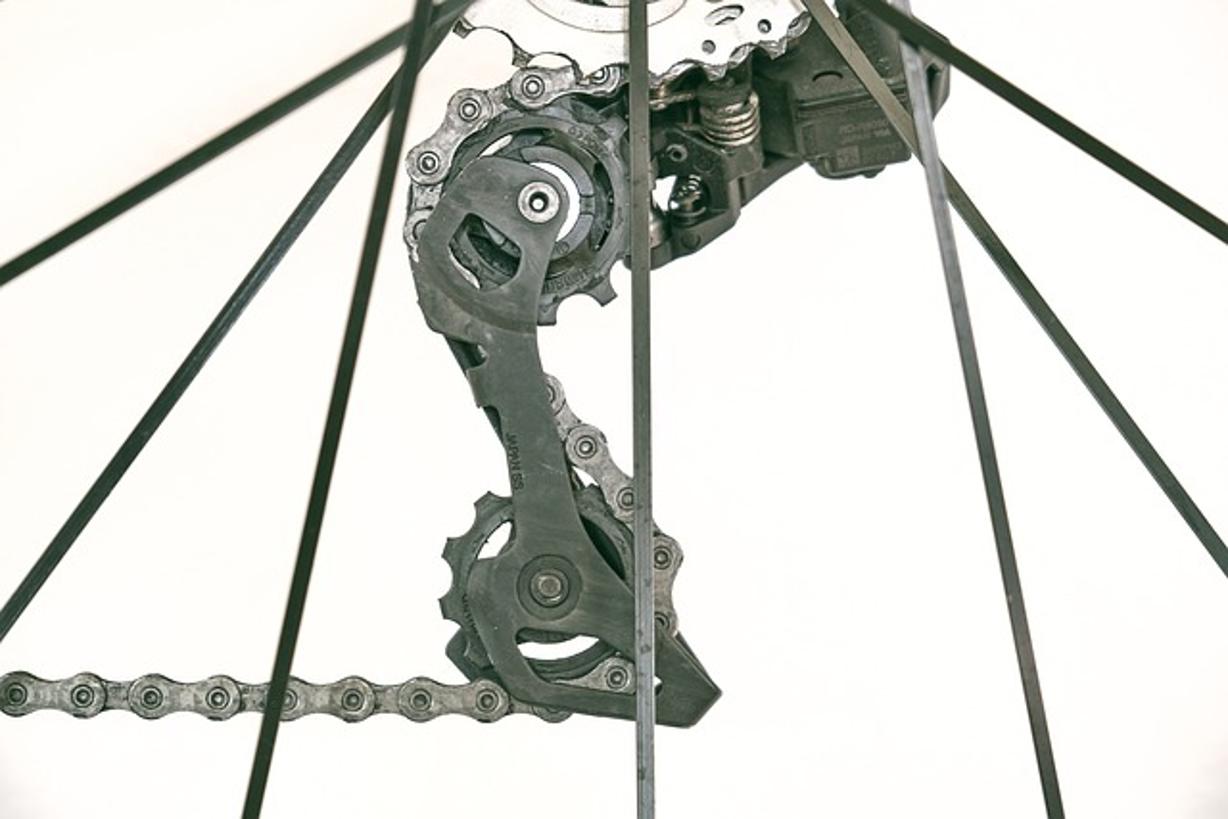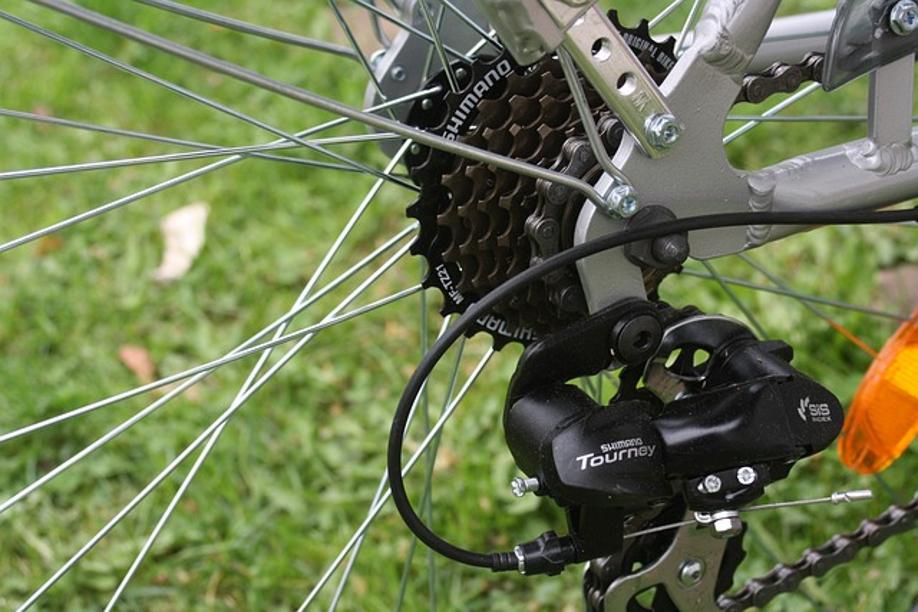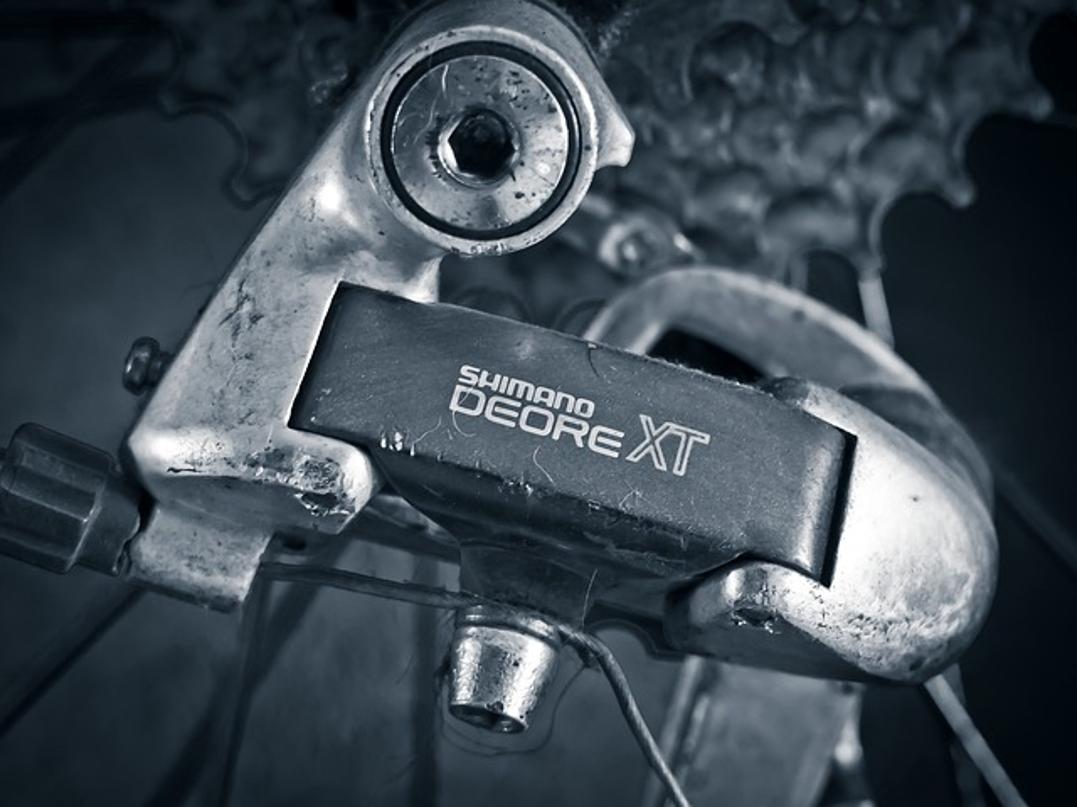How to Adjust Shimano Front Derailleur for Optimal Mountain Biking
Introduction
Achieving a smooth ride on challenging mountain trails depends largely on your bike’s components, particularly the front derailleur. Adjusting a Shimano front derailleur may seem daunting, but with the right guidance, anyone can do it. This article provides a detailed, step-by-step approach to ensure your Shimano front derailleur is perfectly aligned for optimal performance.

Tools and Preparations
Before jumping into the adjustment process, gather the necessary tools. Having the right tools on hand makes the job easier and ensures better results.
Required Tools:
- Phillips Screwdriver: For limit screw adjustments.
- Allen Wrenches: Typically, 5mm and 4mm.
- Needle-Nose Pliers: For holding the cable.
- Bike Stand: Optional but makes the process smoother.
Ensure your bike is clean and the drivetrain is free from dirt and grime. A clean setup makes it easier to see what you’re doing and helps prevent unnecessary wear on the components.

Inspecting the Front Derailleur
Start by thoroughly inspecting the front derailleur. Check if it’s bent or damaged. A damaged derailleur would need replacement rather than adjustment.
- Visual Inspection: Look for visible bends or misalignments in the derailleur body.
- Manual Check: Move the derailleur with your hand to check for smooth motion.
Ensure all bolts and screws are tight, but not overly so. Loose screws can lead to poor shifting performance.
Adjusting the Derailleur Height
Next, adjust the height of the front derailleur.
Steps:
- Positioning: Shift your chain to the smallest chainring and the largest rear cog.
- Measure Clearance: The derailleur cage should sit 1-3mm above the tallest tooth of the largest chainring.
- Adjusting: Loosen the clamp bolt using an Allen wrench and move the derailleur to the correct height.
- Secure: Tighten the clamp bolt securely once the correct height is achieved.
Proper height adjustment ensures that the derailleur can effectively guide the chain onto the necessary chainrings without obstruction.
Aligning the Derailleur Cage
After adjusting the height, align the derailleur cage.
- Shift Position: Shift your chain to the middle chainring and the middle rear cog.
- Alignment Check: The derailleur cage should be parallel to the chainrings.
- Fine-Tuning: If misaligned, loosen the clamp bolt and rotate the derailleur body until the cage is parallel.
Correct alignment is crucial for smooth shifting, preventing the chain from rubbing against the derailleur cage.
Configuring the Limit Screws
The limit screws ensure that your chain doesn’t over-shift beyond the largest or smallest chainring. Understanding and adjusting these screws is essential for optimal derailleur performance.
Understanding High and Low Limit Screws
- High Limit Screw (H): Controls the outward movement towards the largest chainring.
- Low Limit Screw (L): Controls the inward movement towards the smallest chainring.
Setting the Low Limit Screw
- Shift Down: Move the chain to the smallest chainring and largest rear cog.
- Adjustment: Use a Phillips screwdriver to turn the low limit screw. Turn clockwise to move the cage inwards, counterclockwise to move it outwards.
- Testing: Ensure the chain moves smoothly to the smallest chainring without over-shifting.
Setting the High Limit Screw
- Shift Up: Move the chain to the largest chainring and smallest rear cog.
- Adjustment: Adjust the high limit screw similarly. Turn clockwise to move the cage inwards, counterclockwise for outwards.
- Testing: Ensure the chain travels smoothly to the largest chainring without over-shifting beyond it.
Properly setting these screws prevents the chain from falling off during shifts.

Adjusting Cable Tension
Proper cable tension ensures accurate shifting. Here’s how to adjust it:
- Initial Check: Shift the chain to the smallest chainring and smallest rear cog.
- Loosen the Bolt: Use an Allen wrench to slightly loosen the cable anchor bolt.
- Adjust Tension: Pull the cable taut with needle-nose pliers and retighten the bolt.
- Fine Adjustments: Use the barrel adjuster to fine-tune by turning counterclockwise to increase tension and clockwise to decrease.
Correct cable tension ensures the derailleur responds accurately to shifter inputs.
Fine-Tuning and Testing
After completing adjustments, fine-tune and test your work.
- Shift Through Gears: Test shifting through all chainrings and cogs.
- Make Adjustments: Use the barrel adjuster and limit screws to refine the setup.
- On-Road Test: Take your bike out for a test ride. Real-world conditions can highlight subtleties you might miss on a stand.
Regular tuning helps maintain smooth shifting and prolongs component life.
Troubleshooting Common Issues
Even after careful adjustments, you may encounter some issues. Here are common problems and their solutions:
- Chain Rub: Recheck alignment and limit screws.
- Poor Shifting: Adjust cable tension.
- Chain Drop: Reassess limit screw settings.
Identifying and fixing these issues ensures a trouble-free riding experience.
Conclusion
Adjusting a Shimano front derailleur is straightforward with the right approach. By following these steps, you can ensure your derailleur is perfectly tuned, offering you a smoother and more enjoyable mountain biking experience.
Frequently Asked Questions
How often should I adjust my Shimano front derailleur?
Regularly check and adjust as necessary, particularly after riding rough trails or installing new components.
What should I do if my chain keeps falling off?
Recheck and adjust your limit screws and ensure proper derailleur height and alignment.
Can I adjust my derailleur without professional help?
Yes, with the right tools and guidance, adjusting your derailleur is entirely feasible on your own.
